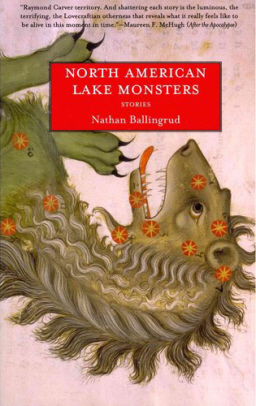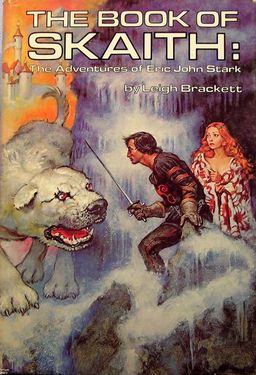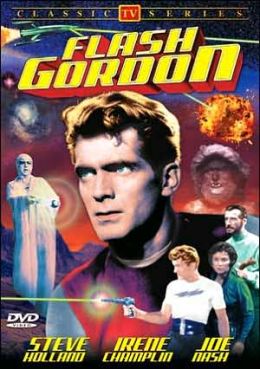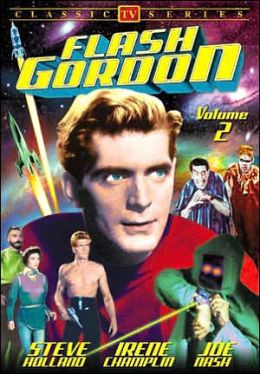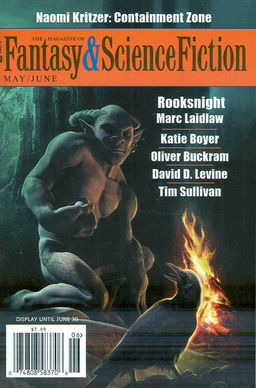A Ride Along with the Thought Police: John C. Wright, Foz Meadows, and Rachel Aaron
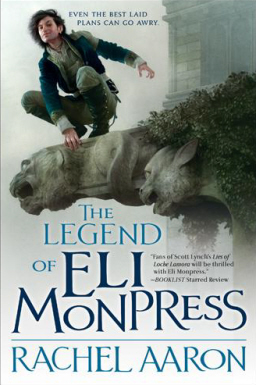 There’s been a lively and far-ranging debate that’s arisen out of the 2014 Hugo nominations, recent turmoil inside SFWA, and even the lingering controversy over WisCon withdrawing Elizabeth Moon’s Guest of Honor invitation back in 2010. It began earlier this week with author John C. Wright drawing the threads of these (and other) issues together to illuminate a broad conspiracy to silence conservative writers, in his article Heinlein, Hugos, and Hogwash:
There’s been a lively and far-ranging debate that’s arisen out of the 2014 Hugo nominations, recent turmoil inside SFWA, and even the lingering controversy over WisCon withdrawing Elizabeth Moon’s Guest of Honor invitation back in 2010. It began earlier this week with author John C. Wright drawing the threads of these (and other) issues together to illuminate a broad conspiracy to silence conservative writers, in his article Heinlein, Hugos, and Hogwash:
The lamps of the intellect were put out one by one, first in society at large, then in literature, then in our little corner called science fiction. What we have now instead is a smothering fog of caution, of silence, of an unwillingness to speak for fear of offending the perpetually hypersensitive. Science fiction is under the control of the thought police…
When Larry Correia was nominated for a Hugo Award, the gossips reacted with astonishing venom, vocal enough to be mentioned in the Washington Post and USA Today. He was accused of the typical menu of thought crimes. You know the selection: racism, sexism, homophobia, xenophobia, insensitivity, fascism… The lunatic Left planned and struggled for years, decades, to achieve their cultural influence. Let us imitate their perseverance, and retake our lost home one mind, one institution, at a time. Start by praying.
Black Gate blogger Foz Meadows posted a thoughtful (and frequently very funny) response, “Silence Is Not Synonymous With Uproar: A Response To John C. Wright,” in which she ably disputes John C. Wright’s complaints point by point. Here’s an example:
You cannot state, as your opening premise, that SFF fandom is being handicapped by silence and an unwillingness to speak out, and then support that premise by stating the exact polar opposite: that there has, in your own words, been vocal uproar. Doubtless, what Wright meant to imply is that the persons against whom the uproar is directed are being silenced by it – that he, and others like him, such as Larry Correia and Theodore Beale, are now suffering under the burden of enforced quietude. But given that all three men are still writing publicly and vocally, not just about the issues Wright raises, but about any number of other topics, the idea that their output is being curtailed by their own “unwillingness to speak for fear of offending” is patently false.
In her post “The Loudest Sound in the World is a Bigot Screaming That he’s Being Silenced,” Rachel Aaron, author of the The Legend of Eli Monpress and, under the name Rachel Bach, the military SF series Fortune’s Pawn, presents the radical idea that having readers react strongly to your ideas isn’t the same thing as being a victim of “thought police” — it’s something called criticism, a vital part of a free society.

